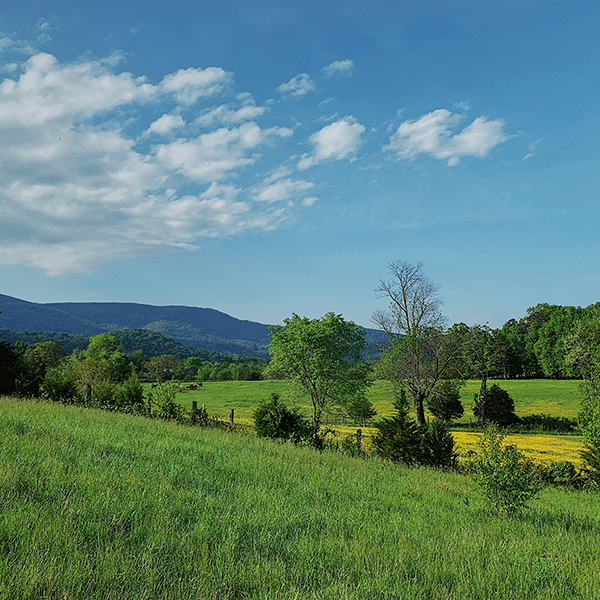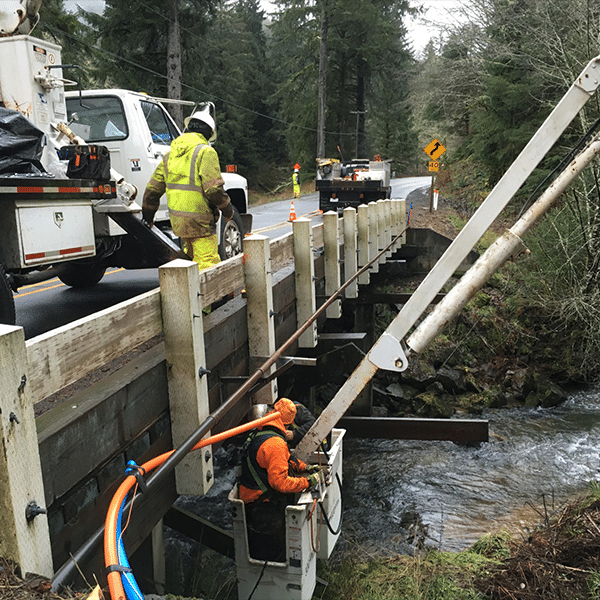As policymakers consider the best way to expand broadband availability, a key question is where to set speed targets which, in turn, will impact the technology used – fiber-to-the-home (FTTH), fiber-fed copper, fixed wireless or satellite. On a webcast yesterday, advocates argued the case for rural fiber buildouts, offering a considerable number of data points to support their views.
While some people argue that any government broadband support programs should be technology-neutral, we shouldn’t be “expectations-neutral” or “outcomes-neutral,” argued Ernesto Falcon, senior legislative counsel for the Electronic Frontier Foundation, on the webcast organized by the Fiber Broadband Association (FBA) and NTCA—The Rural Broadband Association.
Gary Bolton, FBA president and CEO, offered some bandwidth demand projections. He noted that FCC data for 2016 showed average bandwidth consumption of 55 Mbps downstream and 19 Mbps upstream. For this year, the numbers are 180 Mbps downstream and 65 Mbps upstream – a compound annual growth rate of 27%-28%.
If that growth rate continues, it won’t be long before average bandwidth consumption climbs to 1.5 Gbps downstream and 600 Mbps upstream, he said.
He also cited an FBA study that looked at the applications that will drive bandwidth demand and projected a need for 2 Gbps symmetrical service in the next decade.
Rural Fiber Buildout Costs
Another key question, of course, is whether the U.S. can afford to make fiber broadband available ubiquitously.
Jim Stegeman, president and CEO of CostQuest, offered some data points there.
CostQuest estimates that about 14.5 million U.S. homes do not have fiber broadband or cable broadband available to them and that the typical cost to bring fiber to those homes is about $6,000 per home passed.
Deployment at that cost “leads to a negative business case,” driving the need for government support programs, Stegeman said.
He also noted that the costliest 2% of homes would cost over $60,000 apiece to reach with fiber.
While how to serve the costliest 2% was not discussed in detail on the webcast, it’s worth noting that FBA has advocated the use of government support for less costly fixed wireless for the most challenging deployments, at least in the near term.
Some rural broadband providers already get government support through the high-cost Universal Service Fund or other programs and in some cases, that funding has gone a long way toward making deployments viable.
“It comes down to the financial model and the support available,” noted Falcon.
Falcon said the most challenging scenario in which he had even seen fiber broadband deployed involved a Missouri cooperative that deployed fiber broadband in an area with just two customers per mile. The company charges $100 for gigabit service – a great deal compared to the $100 that people are paying for slower satellite broadband from SpaceX, he said.
Other interesting information from the rural fiber buildouts webcast, titled “FiberDelivers: Building Big and Bold Broadband Infrastructure”:
- Considering that it costs $69,000 annually to keep someone in prison, Bolton argued that as a society, we should be willing to invest in infrastructure that can create better economic prospects for our citizens
- Fiber is less expensive to maintain, according to Falcon. He cited the example of a Utah provider that needed one technician per 1,000 homes to support copper infrastructure, but only needs one technician per 10,000 homes to support fiber



